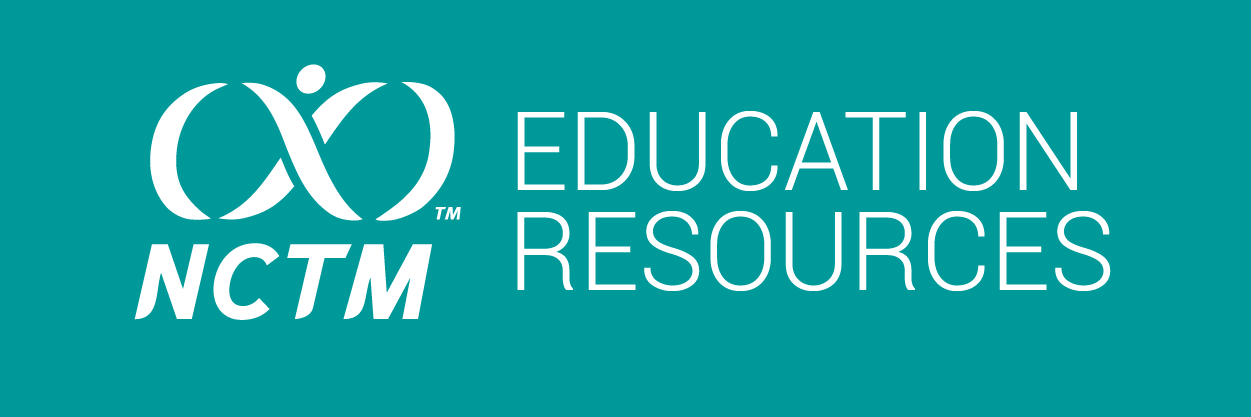Building Understanding of Randomness from Ideas About Variation and Expectation
Random is the kind of word with different meanings in different contexts. Students are likely to use “random” as an adjective describing anything unexpected and surprising, but these usages are not mathematical. They do, however, provide an opportunity for teachers to discuss the differences between language used inside and outside of mathematics.


















